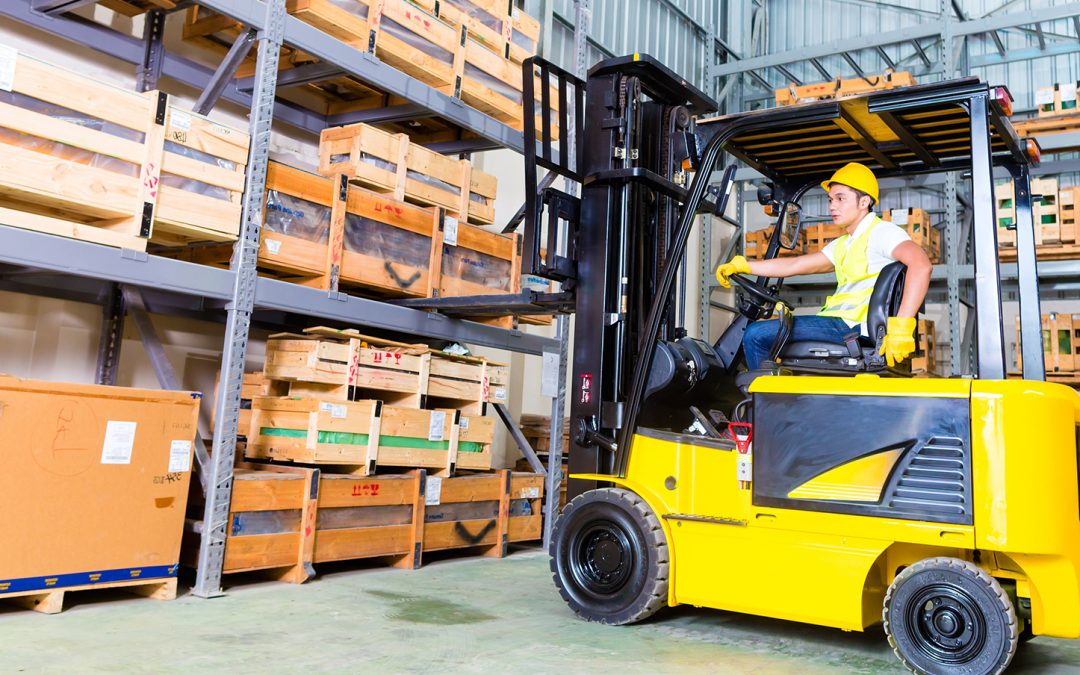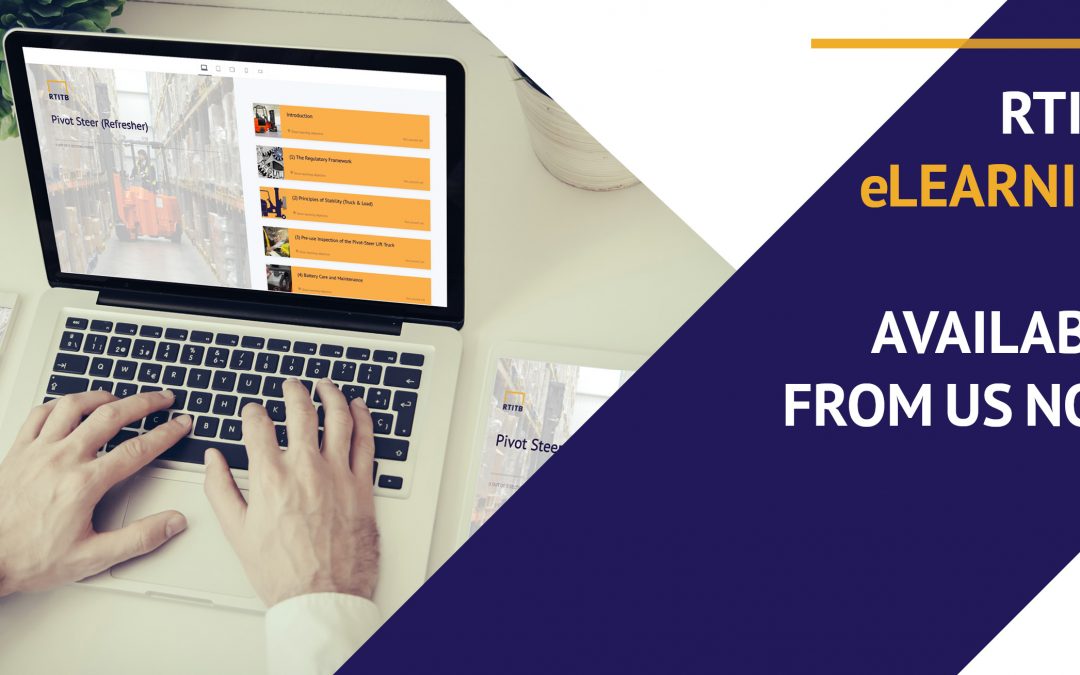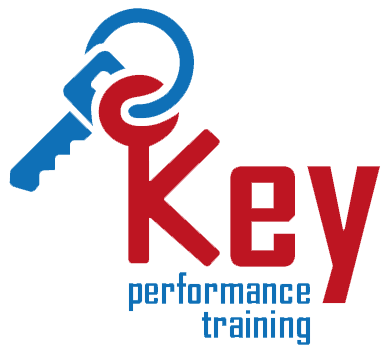
by Rachel Gearon | Jul 14, 2022 | Employment & skills, Training courses
The Health and Safety Executive have recently handed out several large fines to companies who failed to implement health and safety measures concerning pedestrians and truck operators.
Sadly, two cases involved fatalities where pedestrians were struck by a forklift truck and a telehandler and later died from their injuries.
In both cases, the employees were simply walking around their business premises – the companies did not provide suitable and sufficient control measures to ensure that pedestrians and vehicles could circulate in a safe manner. This led to them being fined a total of £260,000.
Speaking after one case HSE Inspector Connor Gibson said “The tragic outcome of this incident clearly highlights why duty holders must ensure that vehicle and pedestrian movements at their work site are properly assessed and adequately controlled. This fatal incident could and should have been prevented via suitable and sufficient control measures segregating pedestrians from vehicle movements.”
Speaking after the hearing of another, HSE Inspector Sarah Taylor said: “Pedestrians and vehicles need to be kept apart at all work sites. This incident could so easily have been avoided by simply segregating vehicles and pedestrians.”
Are you aware of your Health and Safety obligations? Are your employees trained to operate forklift trucks to the necessary standard? Have you had near misses that could have led to a serious accident?
Speak to us to get your business training obligations back on track.
Contact David.gearon@keyperformancetraining.co.uk or call us for more information on 01793 975353

by Rachel Gearon | Jul 7, 2022 | Employment & skills, Our News, Training courses
Key Performance Training is pleased to announce our next First Aid 3-day course is now available for bookings.
The course is running from 15th August – 17th August 2022 at our training centre in Swindon. Lunch and refreshments are provided.
Our Ofqual accredited course has limited spaces, so please contact us as soon as possible to secure your place – david.gearon@keyperformancetraining.co.uk or 01793 975353.

by Rachel Gearon | May 19, 2022 | Employment & skills, Industry news, Training courses
Recent events have had a big impact on the culture of businesses, and our industry is facing skills shortages. It’s never been more important for businesses to embrace Equality, Diversity and Inclusion (EDI).
As employees return to work, training schedules kick in, and recruitment continues, it’s a great chance for logistics and supply chain employers to embrace EDI. EDI brings benefits to development, retention, and employee engagement.
Here are 4 ways that implementing EDI strategies could benefit your business and your employees.
- Address staff shortages
The demand for talent is high, opening up your workforce to under-represented groups can help fill skills gaps. For instance, women may avoid entering the logistics industry because of the attitude they fear they may encounter in a sector where male workers still make up 83.4% of the workforce.
When companies show inclusivity to all genders through language, behaviour, and policy (such as maternity leave, childcare support and extra support to those going through menopause), it can encourage more women into roles.
Similarly, today’s younger professionals may feel that logistics isn’t an attractive career option. Newer generations are more attracted to working for a business that has a culture that reflects their own. This includes a positive attitude to EDI – pay and career development alone, aren’t enough.
- Harness new skills and perspectives
Neurodiversity refers to a range of commonly co-occurring ‘conditions’ related to cognitive differences, and behavioural traits. It includes Dyslexia, Autism, ADHD, and more. Embracing neurodiverse people in the workforce creates an opportunity to incorporate a mix of talents, perspectives, and skills.
Employers should put their EDI initiatives into practice when considering how to support neurodiverse employees so that they feel able to thrive. This might mean taking a different approach to training. By asking trainees about their preferred methods of learning it can show that you understand that people think and learn differently.
More and more people are realising that they don’t have to stay in a job where they don’t feel respected and safe, nor should they have to. The good news is that EDI can lead to higher levels of staff retention.
Employers could consider, for example, if there is a need to address unconscious bias. Unconscious bias is when we make snap judgments about people based on our background, experiences, stereotypes and cultural context. Bias can be triggered by gender, ethnicity, disability, body weight, names, and many other things.
To create a more inclusive and tolerant work culture, employers should take steps to eliminate unconscious bias. This can be a topic included in training. Leaving areas like this unaddressed can make your staff leave. Importantly, employees who are treated fairly will tell prospective employees, supporting recruitment.
Good communication is key and taking a different approach to EDI can put this into focus. Training Managers, Instructors, and Warehouse Managers must be trained to communicate respectfully with trainees. This enables successful training. In a diverse workplace, trainers can improve communication by choosing different words. Talking in a way that makes different training candidates feel comfortable is important.
Remember, communication doesn’t just mean conversations. Communication also covers written materials used around the workplace. Keeping EDI in mind when developing written documents will help create better conversations throughout the company. This can help improve employee engagement.
It’s time to create a respectful and tolerant culture in your business. Now is the time to embrace EDI and create a culture that breeds respect. Make it clear to everybody that the business will not tolerate certain language and behaviours. Remember a work culture starts from the top, so practice what you preach.
Coming soon….Join us for our Launch Event at our new premises on 17th June 2022

by Rachel Gearon | May 12, 2022 | Employment & skills, Our News, Training courses
Swindon-based Key Performance Training’s recent re-location to bigger premises in Kembrey Park will provide a welcome boost to the local workforce.
Our family business is the only lift truck training centre in Swindon, providing forklift training to men and women looking for work or who want to expand their skill set. In addition, we offer training in first aid, health and safety, and courses for fire marshals and wardens.
David Gearon, who runs the training centre, said: “We were outgrowing our previous training centre, so we decided to look for new premises at the end of 2021. We looked at a couple of properties, but our favourite was a unit in Kembrey Park. It’s a great location, with a larger office and more warehouse space.”
As a RTITB (Road Transport Industry Training Board) Approved Training Centre, we help businesses in the area maintain licenses, knowledge and skills that are needed for their continued development and success. We pride ourselves on providing a helpful and approachable pathway to employment, talent and growth through regulated industrial sector training and certification.
We also maintain links to all local recruitment agencies and help connect them to trainees in completion of each course.
“With a larger warehouse space, we’re now able to run more courses, which means we can increase the number of people we can train. We hope to help more and more people develop their skills and unlock their careers. We are already working with some of our new neighbours as well, so we hope to become a friendly addition to the Kembrey Park family,” said David.
With Swindon still showing high demand for skilled employees, there is a huge opportunity for people to either improve their existing skills or learn something new. With the investment by companies such as Amazon and B&Q, as well as the future businesses to come following Panattoni’s purchase of the Honda site, there has never been a better time to invest in yourself or your business.
For more information, please speak to us on 01793 975353.
Coming soon….3 Time Saving Tips for Reach Truck Operator Training

by Rachel Gearon | May 5, 2022 | Employment & skills, Industry news, Training courses
Accidents involving materials handling equipment (MHE) are largely avoidable, yet still far too widespread in supply chain operations. With reach trucks one of the most common types of lifting equipment in use, the RTITB have recently launched the RTITB Reach Truck Operator’s Safety Code to help in house operations and training providers provide clear guidance on how to operate safely.
Below are ten of the simplest ways to help improve safety for Reach Truck Operators, and those around them:
- Never operate a truck you’re not qualified to – Operators should never be asked to operate a reach truck on which they have not been trained and authorised. This includes using a reach truck category that they are not specifically qualified for. Safe operation guidelines will vary for different types of reach trucks, so it cannot be assumed that competence on one type will ensure safety when using another.
- Use the correct truck for the application – One reason that there are so many distinct types of material handling equipment available is that some machines are better suited to certain tasks than others. Employers and operators should ensure that where a reach truck is being used, that it is the correct type for the environment and situation where it is working.
- Be ‘fit’ to operate the truck safely – It should be obvious that operators should never use a reach truck if they are under the influence of alcohol or drugs. However, this also includes strong medicines that may cause drowsiness. Operators that are unwell or overtired should avoid operating this type of equipment to ensure safety.
- Prioritise awareness – Awareness of the working environment is always the first line of defence against incidents. Operators should be trained to always pay close attention to what is going on around them. Phones or handheld devices should not be operated when an operator is in control of a reach truck. And operators that need to wear glasses should always remember to do so when operating the equipment.
- Know the signs – Operations differ in terms of traffic flows so operators should not only be aware of the site-specific rules, but should also maintain an awareness of safety signs, traffic lights, signals, and speed limits. Where there are none, operators should make use of hand signals, safety lights, audible warning devices and verbal communication to make their intentions clear to those around them to support safety.
- Remember – the forks are sacred! – The forks of a reach truck are only there to do the tasks they have been specifically designed for. It is extremely dangerous to let passengers ride on the reach truck or the forks. Operators should never lift anyone on the forks, on any attachment, or on the pallet, or allow anyone to mount these. Likewise, no-one should ever stand or walk under raised fork arms, even if the truck is unladen.
- Be aware of pedestrians – Pedestrians are highly vulnerable in workplace transport operations and are too often involved in incidents involving materials handling equipment. So, if there may be pedestrians in the area, reach truck operators must always drive slowly, carefully, and responsibly, even if they cannot see other people in the vicinity. Operators should keep an eye out for pedestrians appearing from blind spots, such as doorways or parked vehicles, and be prepared to make an emergency stop if needed.
- Be transparent about incidents – It is important for businesses to create a culture where incidents and near misses are reported openly. Even if no damage or injury resulted, it is vital to know about these events to take action to reduce future risk. If there is an incident, operators should be trained how to check that their truck is undamaged and functional before attempting to return to work, and to know what the procedure is should they identify and faults or damage.
- Take a break! The supply chain is under huge pressure now, with many staff working long hours. However, sitting and operating a reach truck from the same position for extended periods can lead to musculoskeletal problems and injuries. Ensure that operators take regular breaks and are encouraged to stretch and move around wherever possible. Otherwise, eventually, musculoskeletal disorders can equate to many lost working days in the operation.
- Make safety guidelines available – Good, professional practice is key to preventing incidents in the workplace, so it is helpful for operators to have easy access to clear safety guidance whenever they need it. The new RTITB Reach Truck Operator’s Safety Code is a convenient booklet and reference tool that enables reach truck operators to check in and refresh their skills and knowledge regularly and helps them make sound judgments in the common situations they encounter in the workplace.
Coming soon…. Three Time-saving Tips for Reach Truck Operator Training

by Rachel Gearon | Apr 28, 2022 | Employment & skills, RTITB, Training courses
Key Performance Training is pleased to offer eLearning, enabling you to move the theory part of a course from the classroom to online.
Whether you’re looking to become a forklift operator, keen to refresh your skills, or you’re a company looking to upskill your current workforce, RTITB’s eLearning material is designed with operators in mind.
The eLearning is self-paced, so you can gain access to training materials to complete as and when you want, taking as long as you need, then complete in-person practical training at a later date.
Here are just some of the benefits of using RTITB eLearning and completing a course with us:
• Operators are kept engaged at all times, with interactive quizzes and videos
• Access the eLearning material anywhere, and at a time that suits you, on a number of devices, including mobile, table and PC
• Reduce practical training time (for example for a novice Counterbalance course a 5-day course could be reduced to 3 days)
• Operators are out of the business for a shorter time, minimising costs, and downtime
• Revisit the eLearning at any time to refresh knowledge
• Save time and money on travel to training courses (and in some cases hotels)
To get started with RTITB eLearning and learn more about our course offering, availability, and pricing, please give us a call on 01793 975353 and we’ll be delighted to discuss this with you.
Coming soon….10 Ways to Improve Reach Truck Safety






